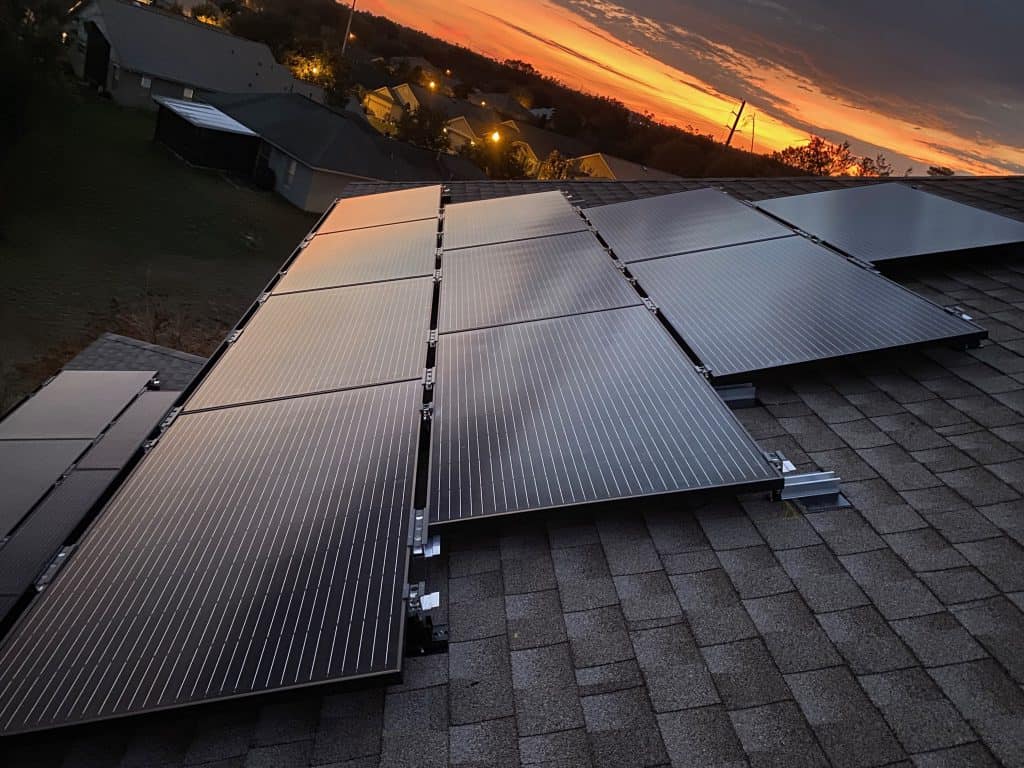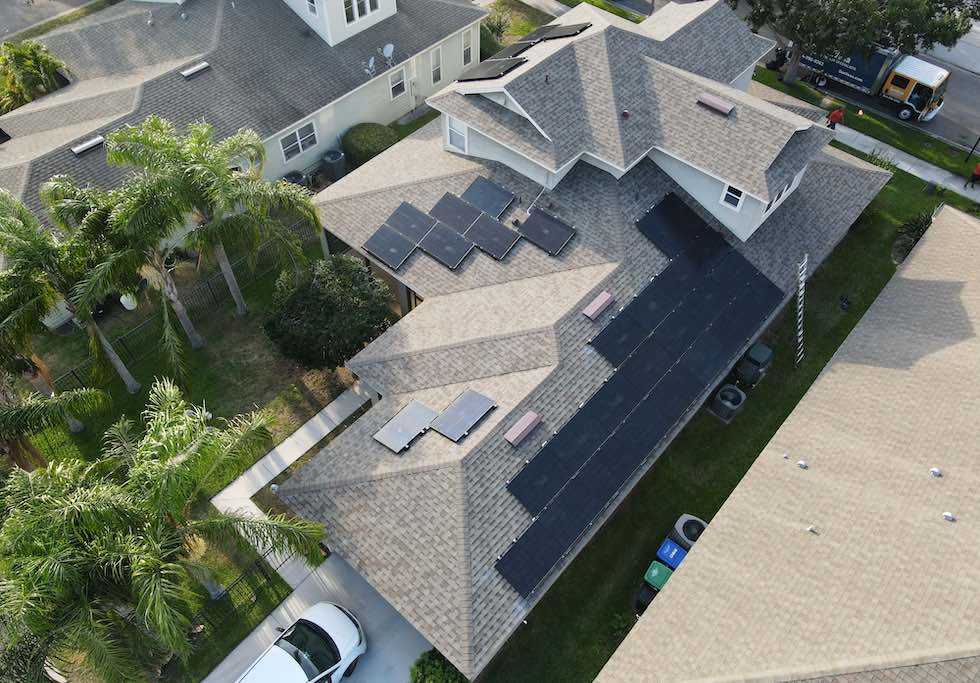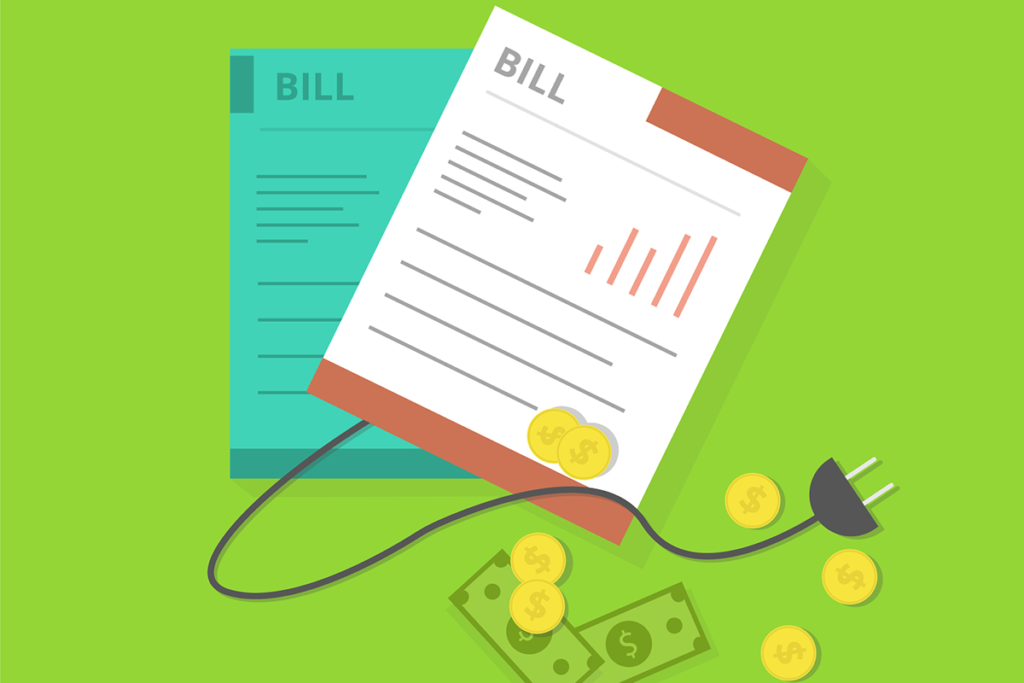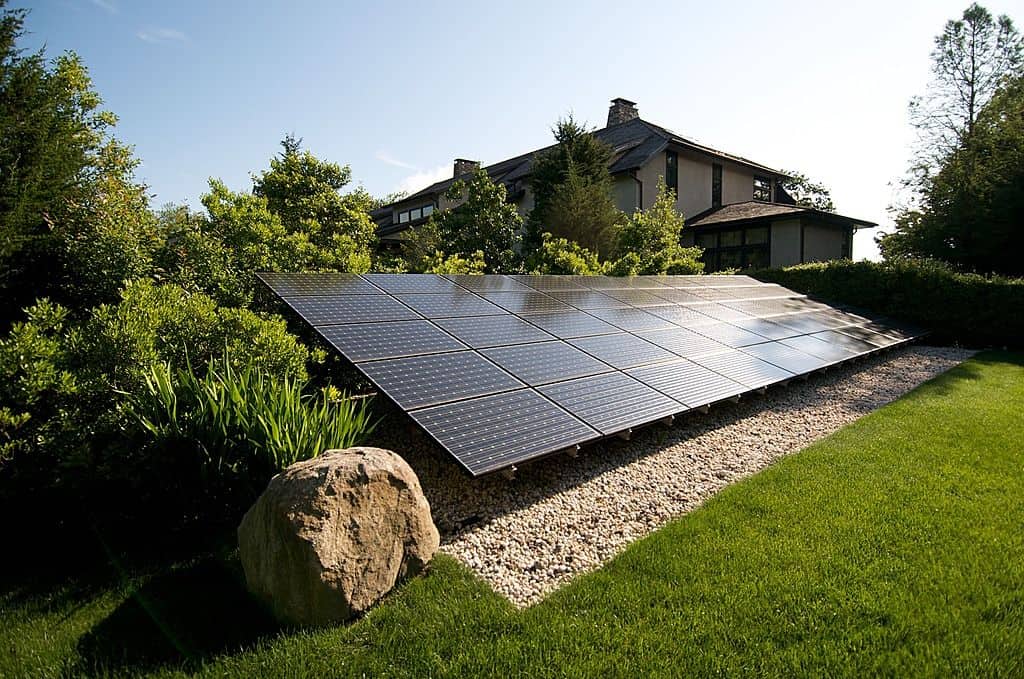
An Easy Guide To How Solar Panel Systems Work
Rising energy costs and climate change have people anxiously looking for ways to use alternative energy renewable energy sources. One of the easiest and most economical swaps is to use harness energy from the sun using solar panels to offset your traditional energy usage.
Solar energy panels were discovered and developed in the mid-1950s by scientists at Bell Telephone, who figured out that silicon created an electrical charge when exposed to sunlight. Circuits within the cells on a solar panel can absorb and collect electrical current and store it like a battery or send it to your electrical grid for use.
What Are The Main Components To A Solar Panel System?
Solar panel systems have four main components to them:
Solar photovoltaic panels: These are what we typically shorten to “solar panels” and are either poly-crystalline or mono-crystalline. These flat dark panels collect and convert energy from the sunlight.
Inverters: The solar panels turn the sun’s energy into direct current (DC) electricity, but your home uses alternating current (AC), so you will need an inverter for the conversion. There are several types of inverters, including string or micro-inverters.
Racking and mounting system: The mounting systems will ensure the solar panels stay put on your roof or on the ground. Solar panels will work best when facing south and at an angle of 30-45 degrees. You can use fixed mounts or track mounts. The fixed mounts stay in one place, while track mounts allow you to follow the sun and collect even more energy.
Performance monitoring system: The performance monitoring system is often an extra and option piece but it can provide you with a lot of valuable details. You can use this information to help increase your solar panel electrical production and maximize your efforts and cost savings.
How Solar Panels Collect And Convert Sunlight Into Usable Energy
In simple terms, solar panels allow particles of light to release electrons from atoms, which then generates usable energy. Each solar panel is made from two slices of semi-conducting material (silicon). Additional materials are added to the silicon slices to give one a positive charge and one a negative charge. This creates a magnetic field that pulls the electrons from the atoms.
Metal conductive plates on the sides of the cells are then used to collect the electrons, which are transferred via wires which can connect to your grid. Unused energy will return to your utility meter and be stored for later use. This is how you can continue to use solar power even at night or on cloudy days.
Solar energy systems are getting more and more efficient each year. Solar panel systems can reduce or even eliminate some of your utility bills. They are affordable and easy to install, often coming with tax credits or additional savings. Not only will you save money, but you’ll reduce your carbon footprint and help do your part in reducing climate change.
Still have questions? Contact SunVena today!




